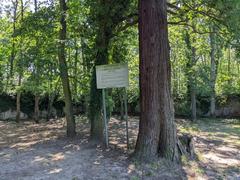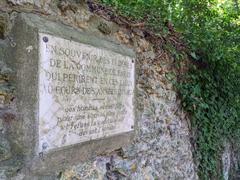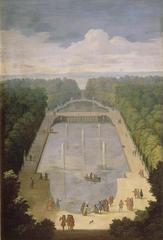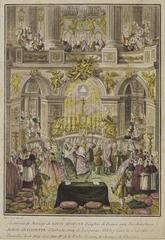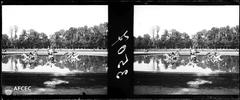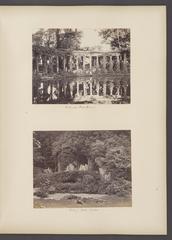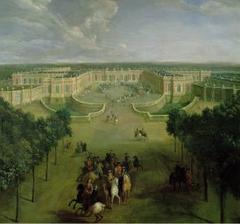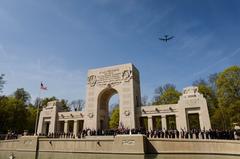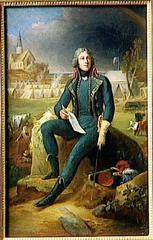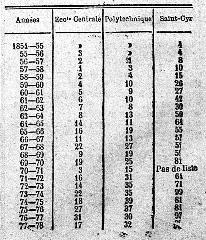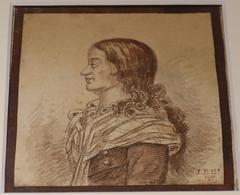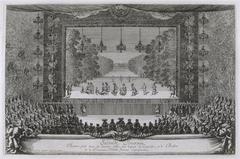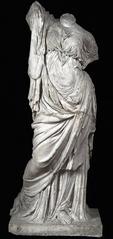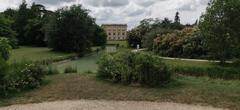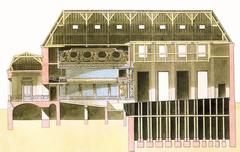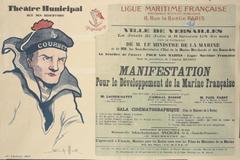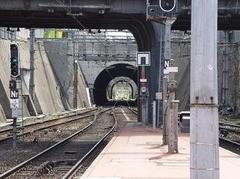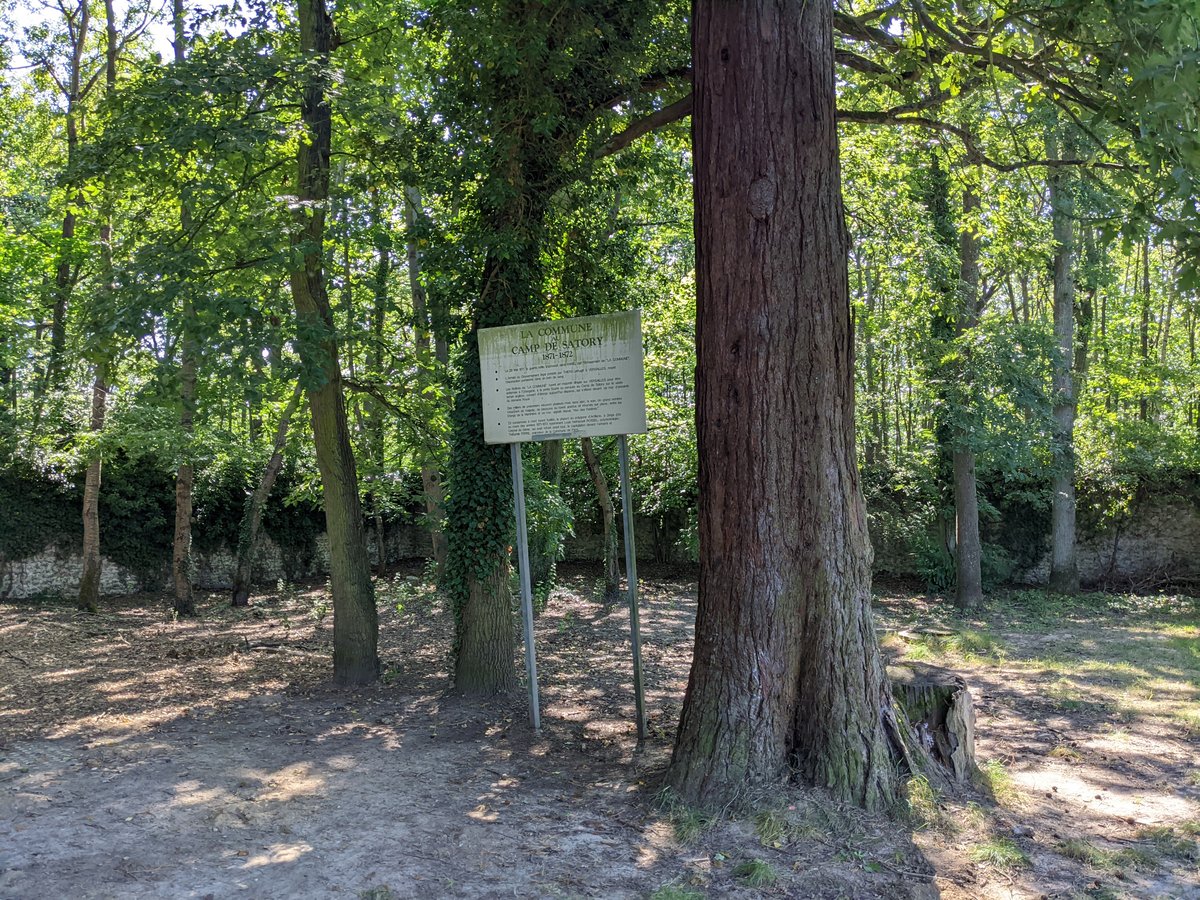
Mur des Fédérés in Versailles: Visiting Hours, Tickets, and Historical Significance
Date: 14/06/2025
Introduction
The Mur des Fédérés at Versailles stands as a powerful testament to the events that followed the Paris Commune of 1871—a brief, radical socialist government that emerged in the aftermath of the Franco-Prussian War. While the more famous Mur des Fédérés is located in Paris’s Père Lachaise Cemetery, the Versailles site in the Satory district is equally significant, commemorating the executions of key Communard leaders and serving as a focal point for reflection on France’s revolutionary history, social struggles, and the ongoing legacy of resistance and repression.
This guide provides a detailed overview of the Mur des Fédérés in Versailles, including its historical background, practical visitor information, accessibility, nearby attractions, and tips for a meaningful visit. It also clarifies the distinction between the Versailles and Paris sites, ensuring visitors have a comprehensive understanding of these important lieux de mémoire.
Table of Contents
- Historical Background of the Mur des Fédérés, Versailles
- Visiting the Mur des Fédérés in Versailles
- FAQ: Mur des Fédérés, Versailles
- Visuals and Media
- Internal Links
- Conclusion
- References
Historical Background of the Mur des Fédérés, Versailles
Origins and Construction
The Mur des Fédérés in Versailles, also known as the “Wall of the Federates,” dates to the late 19th century. Its construction is closely linked to the aftermath of the Paris Commune, specifically as a site for the execution of prominent Communard leaders. Located in the Satory military district, at 28 Avenue Guichard (78000 Versailles), it was registered as a Monument Historique on December 6, 1984 (Monumentum; POP Culture Gouv). The wall and its adjoining grounds were built around 1875 and are managed by the French Ministry of Defense.
The Paris Commune and Satory Executions
The Paris Commune was a revolutionary government that ruled Paris from March 18 to May 28, 1871, following France’s defeat in the Franco-Prussian War. After the violent repression of the Commune during the “Semaine sanglante” (“Bloody Week”), government forces executed thousands of Communards (Le Parisien; Histoire par l’image).
While Paris’s Père Lachaise Cemetery became infamous for mass executions, the Satory plain in Versailles was the site of military tribunals and the execution of key Communard leaders. On November 28, 1871, Louis-Nathaniel Rossel, Théophile Ferré, and Bourgeois were executed by firing squad at the Satory wall, symbolizing the government’s harsh reprisals (POP Culture Gouv).
Symbolism and Memory
Though less renowned than the Paris site, the Mur des Fédérés in Versailles holds unique significance as a symbol of resistance and state repression. Public commemorations began in the late 19th century and increased after the 1880 amnesty that allowed former Communards to return to France (Le Parisien). Today, the wall stands as a poignant reminder of the Commune’s ideals and the price paid for challenging the established order (Histoire par l’image).
Legal Protection and Heritage Status
Inscribed as a Monument Historique, the Mur des Fédérés is legally protected for its historical and cultural value. The site includes the wall and its surrounding grounds, preserving a vital location in the collective memory of the Commune and its suppression (POP Culture Gouv; Monumentum).
Satory Site in the Context of Versailles
The Satory district, historically a military area, was chosen for its seclusion, providing the government with a controlled environment for military trials and executions. Today, the site’s tranquility contrasts starkly with its violent history, offering a space for contemplation and remembrance (Monumentum).
Visiting the Mur des Fédérés in Versailles
Visiting Hours and Admission
- Hours: The Mur des Fédérés is accessible year-round, typically from 9:00 AM to 6:00 PM. Hours may vary during special events or commemorations. Always check local or official Versailles tourism resources for the latest updates.
- Admission: Entrance to the site is free; no tickets are required (evendo.com).
Accessibility
- The wall is located outdoors on generally level ground, though some areas may be uneven. The site is partially accessible for visitors with limited mobility.
- There are no dedicated facilities at the wall; amenities are available at the nearby Palace of Versailles (chateauversailles.fr).
How to Get There
- Public Transport: From Paris, take Transilien Line N from Montparnasse to Versailles Chantiers. From the station, it’s a 20-minute walk or a short taxi ride to 28 Avenue Guichard.
- On Foot: The wall is a 10–15-minute walk from the Palace of Versailles gates. Follow Avenue de Paris to Avenue de Saint-Cloud, then turn onto Avenue Guichard.
- By Car: Limited parking is available; public transit is recommended (evendo.com).
Nearby Attractions
- Palace of Versailles: A UNESCO World Heritage site famous for its architecture and gardens (chateauversailles.fr).
- Versailles Cathedral: Notable for its architectural and historical significance.
- Square Samuel-de-Champlain: Features the monument “Aux victimes des révolutions,” echoing themes of justice and remembrance.
- Versailles Town Center: Offers local cafes, shops, and markets.
Guided Tours and Events
- Occasional guided tours are offered by local historical societies or as part of broader Versailles heritage walks.
- Annual commemorations take place in late May, with speeches, wreath-laying, and moments of silence honoring the Commune’s victims (parcours.commune1871.org).
FAQ: Mur des Fédérés, Versailles
Q: What are the visiting hours?
A: Open daily from 9:00 AM to 6:00 PM; check for seasonal or event-related changes.
Q: Is there an entry fee?
A: No, admission is free.
Q: How do I get there from the Palace of Versailles?
A: The wall is a 10–15-minute walk via Avenue de Paris and Avenue de Saint-Cloud to Avenue Guichard.
Q: Is the site accessible for visitors with disabilities?
A: The grounds are generally level and accessible by foot; additional services are available at the Palace of Versailles.
Q: Are guided tours or commemorations available?
A: Commemorations are held annually in late May; check with local historical associations for guided tours.
Visuals and Media
View Map of the Mur des Fédérés at Versailles
Internal Links
Conclusion
The Mur des Fédérés at Versailles is a solemn site, connecting visitors to the complex legacy of the Paris Commune and the struggle for justice. Its proximity to the Palace of Versailles and other historical sites makes it an essential stop for anyone seeking to understand French history’s revolutionary chapters. By visiting, reading about the Commune, or joining a commemorative event, you engage with a living memory that continues to shape French society.
For a richer experience, download the Audiala app for guided tours, event updates, and expert insights on Versailles and other French heritage destinations.
